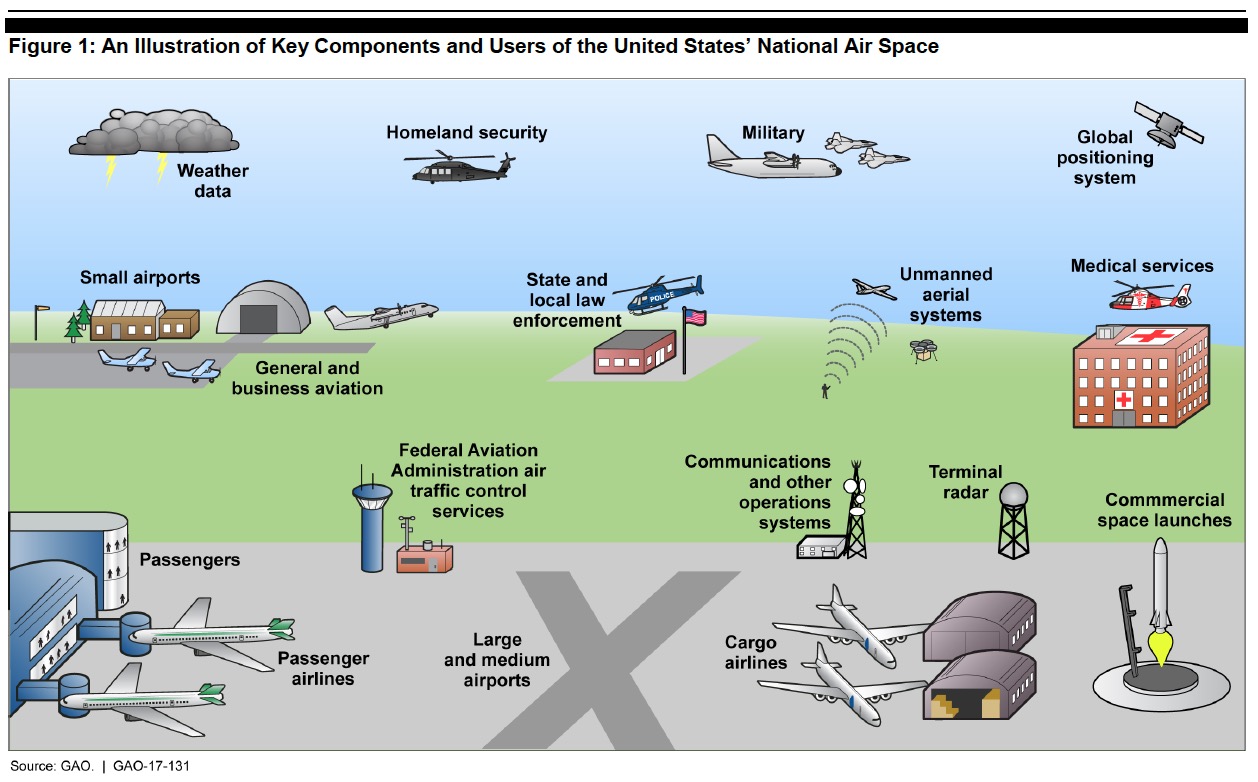
In 2014, GAO found (1) that many aviation stakeholders saw challenges with aspects of the current U.S. system including funding instability and slow progress implementing capital improvements and (2) that most stakeholders agreed that separating ATC operations from FAA was an option. GAO was asked to explore issues that would be associated with such a change…This report addresses (1) views of selected experts, aviation stakeholders, and the FAA on key transition issues and (2) lessons that can be learned from the transition experiences of selected countries.
View this complete post...











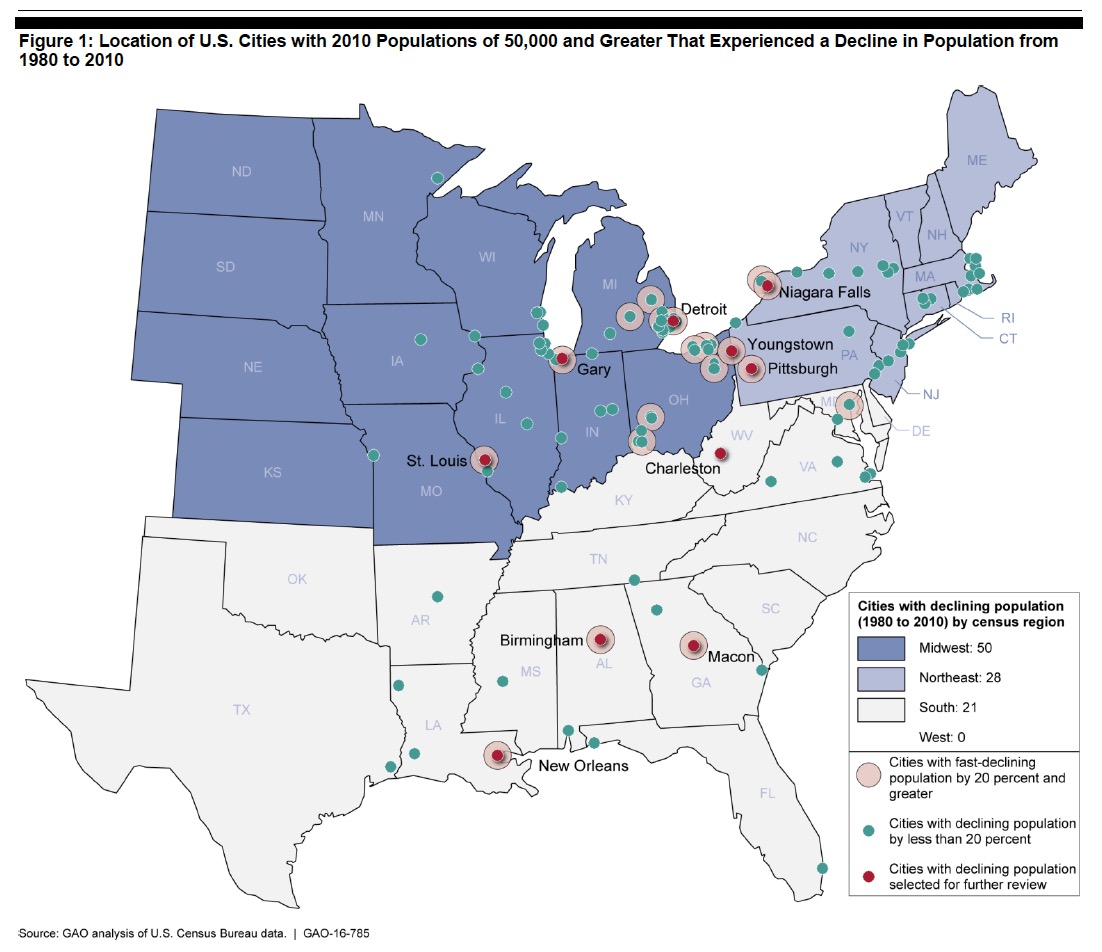
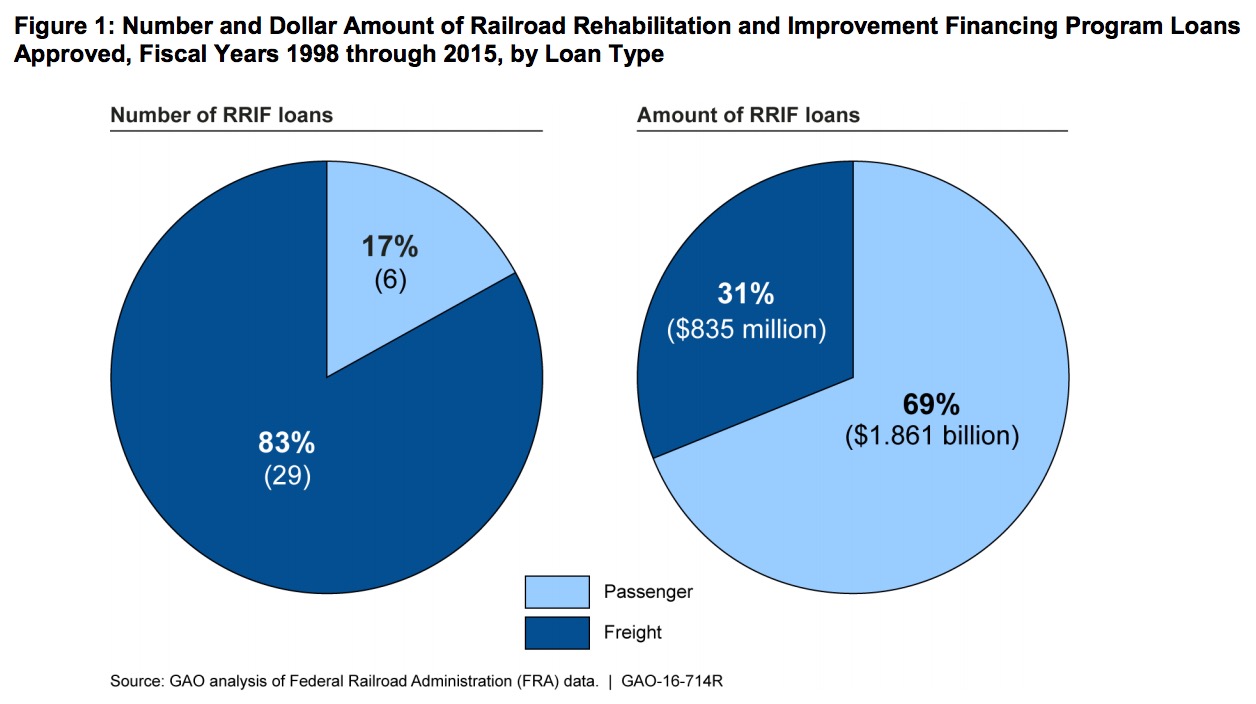

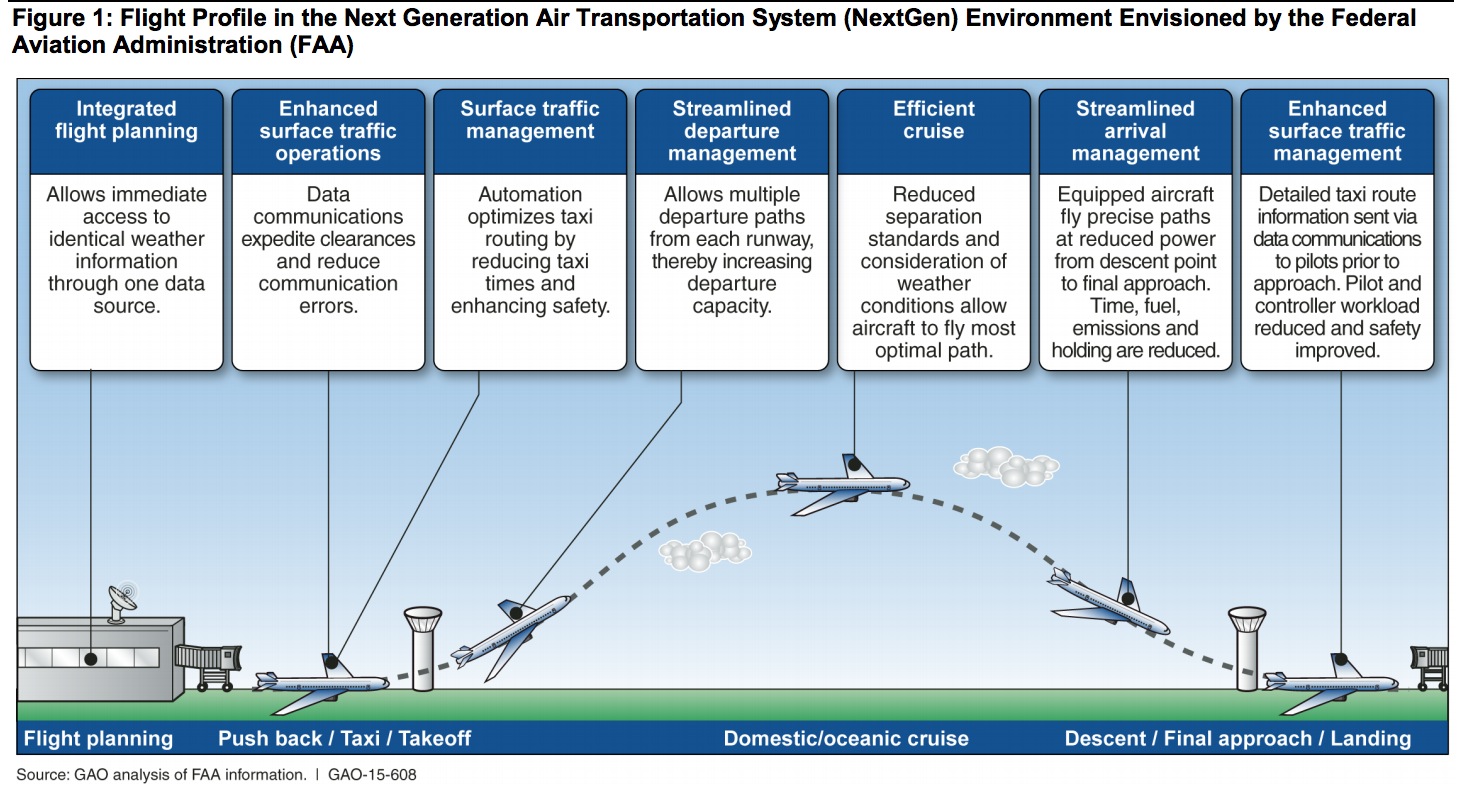

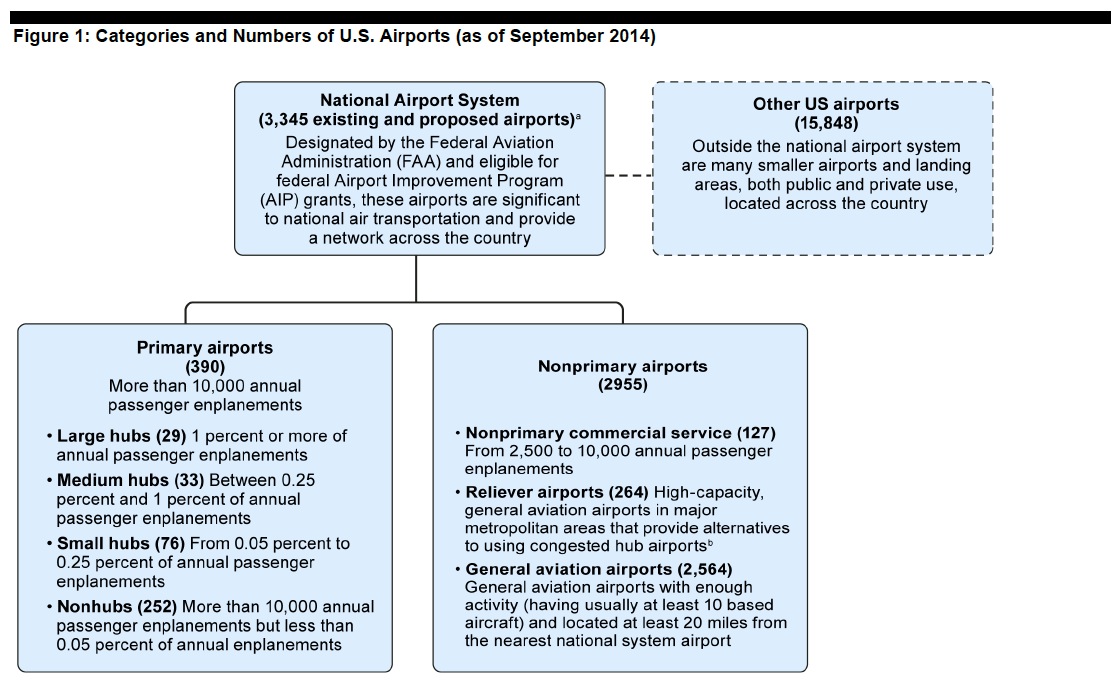

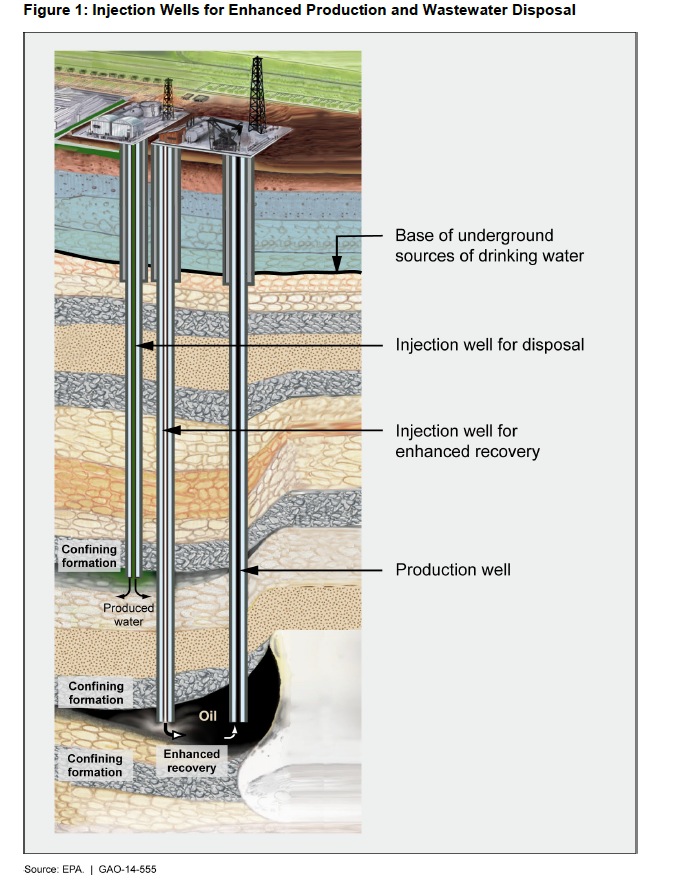
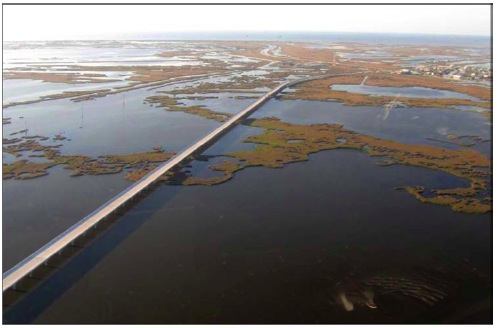

 RSS Feed
RSS Feed